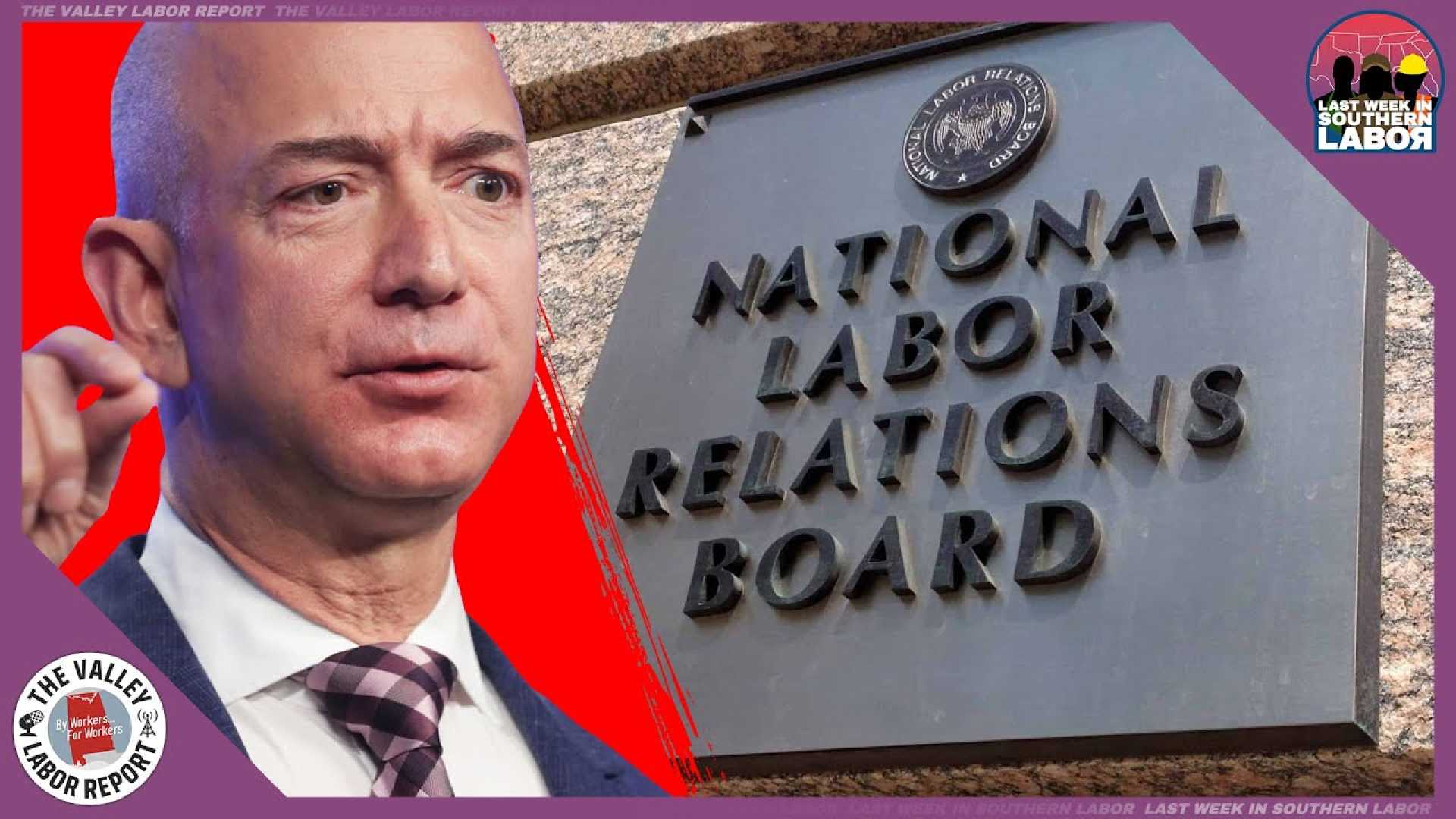News
NLRB Bans Captive-Audience Meetings in Landmark Decision, Significant Implications for U.S. Employers

In a landmark decision on November 13, 2024, the National Labor Relations Board (NLRB) ruled that employers can no longer compel employees to attend “captive-audience” meetings where the employer expresses its views on unionization. This decision overturns the long-standing precedent set by the 1948 *Babcock & Wilcox* case, which had allowed such meetings for over 75 years.
The NLRB’s ruling in the *Amazon.com Services LLC and Dana Joann Miller and Amazon Labor Union* case held that mandatory meetings where employers discuss unionization violate Section 8(a)(1) of the National Labor Relations Act (NLRA). The Board argued that these meetings coerce employees and interfere with their right to freely decide whether to unionize, as employees are required to attend under the threat of discipline or discharge.
To avoid violating the NLRA, the NLRB established a “safe-harbor” rule. Employers must inform employees in advance that the meeting is voluntary, that they will not face discipline for not attending or leaving the meeting, and that attendance will not be taken.
This decision is seen as a significant change in labor organizing campaigns, strengthening worker protections and limiting a key tool employers used to influence employees’ decisions on unionization. However, the ruling is likely to face legal challenges, with Amazon planning to appeal the decision to a U.S. Court of Appeals, arguing it violates the First Amendment.
The future of this ruling is uncertain, especially given the potential for changes in NLRB policies under the Trump administration. The terms of the current Democrat-appointed NLRB members extend until 2026 and 2028, which could delay any potential reversal of the decision. Additionally, there are ongoing constitutional challenges to the NLRB’s structure and composition that may impact the ruling’s longevity.












